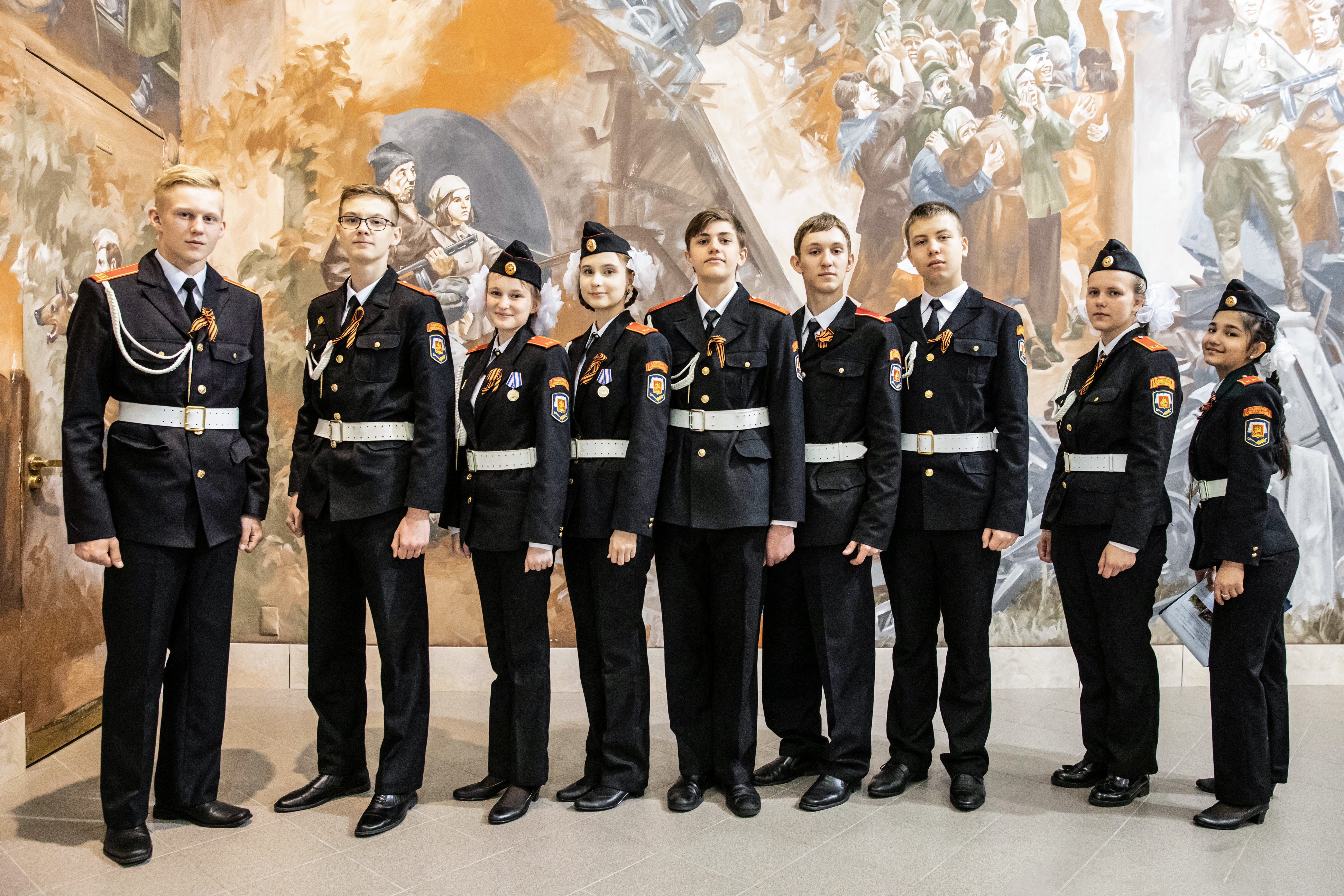
Returning to the Stone Age

For the past few years, the village of Gletterens near Lake Neuchatel has been home to a unique reconstruction of Neolithic dwellings.
The site, located in a nature reserve between Estavayer-le-lac and Portalban consists of three houses built of wood, clay, sand, dung and straw. But the humble structures tell the story of life as it was around the lake some 5,000 years ago.
A bit of guesswork and a two-kilometre drive down to the lakeshore are needed to discover the unusual dwellings.
The scene is bucolic. A few tourists from a nearby campsite ride their bicycles. Others meander towards a nearby restaurant.
A trail covered with wood chips and gravel leads from the restaurant across a field to the site. The entrance is free, but donations are welcome. A creaky door reveals a bare interior: a clay floor, no insulation, no light, no heat — except for a fire at the centre of the room.
The scene was primarily conceived for Swiss school children who study the Neolithic Age in fourth grade.
The archaeologist who runs the site, Daniel Dallagnolo, says he brings the site to life with his workshops.
Working with flint stone
“Children sometimes find it difficult to work with materials such as wood and flint stone,” Dallagnolo explained. “But most of them are happy when they leave.”
The project was launched in the early 80s, after scientists discovered Neolithic remains during an excavation in the region. It then took more than a decade to convince local authorities of the importance of such a site, and to find the necessary funding.
Six months were needed to build the first two reconstructed thatched houses in Gletterens. But construction methods used in 1995 were not quite the same as in the Neolithic Age.
“To tell you the truth, we cheated by using axes in iron rather than in stone,” Dallagnolo conceded. “In one house, we cut a big window to have some light to work and we also used thicker wooden poles to make the houses more stable.”
“Our goal is to approach prehistory, not to relive it,” he concluded.
Finding the know-how
Dallagnolo said it was difficult to find the know-how necessary to recreate the Stone Age dwellings. Fortunately, he says, he was able to cooperate with Hagall – a Swiss group that specialises in reconstructions.
Nevertheless, the reconstruction was to a certain extent based on guesswork.
“The upper part of the houses is based on our imagination, because excavations have only yielded the lower parts of Neolithic dwellings,” he said.
First European settlers
According to Dallagnolo, the Neolithic period is characterised by the first settled people in Europe.
“Neolithic people, unlike their predecessors, were not nomadic hunters and gatherers,” he said. “They were risk minimising people who combined farming, hunting, fishing and gathering.”
“But even though they lived quite well, skeletons – which are on average 40 years old – show that mortality was quite high.”
Dallagnolo says he hasn’t really publicized the project. But news of the site has spread anyway.
Last year, more than 2,300 people participated in the workshops, while 120 visitors stayed overnight in tepees which were erected next to the buildings.
Menhir stones and La Tène
The region around Lake Neuchatel is rich in archaeological finds including megalithic monuments. A group of Menhir stones stand, re-erected, in a field south of Gletterens just outside the town of Yverdon-Les-Bains. They are believed to stem from the same epoch.
On the northern edge of the lake, a monument marks the spot where a rich bounty of Celtic objects was unearthed in the 19th century. The site was dubbed La Tène which became synonymous with the period, around the fifth century BC, when Celtic culture reached its zenith.
A visit to the Schwab archaeology museum in the town of Biel helps put the Neolithic Age and Celtic culture in perspective.
by Jeff Nottage

In compliance with the JTI standards
More: SWI swissinfo.ch certified by the Journalism Trust Initiative
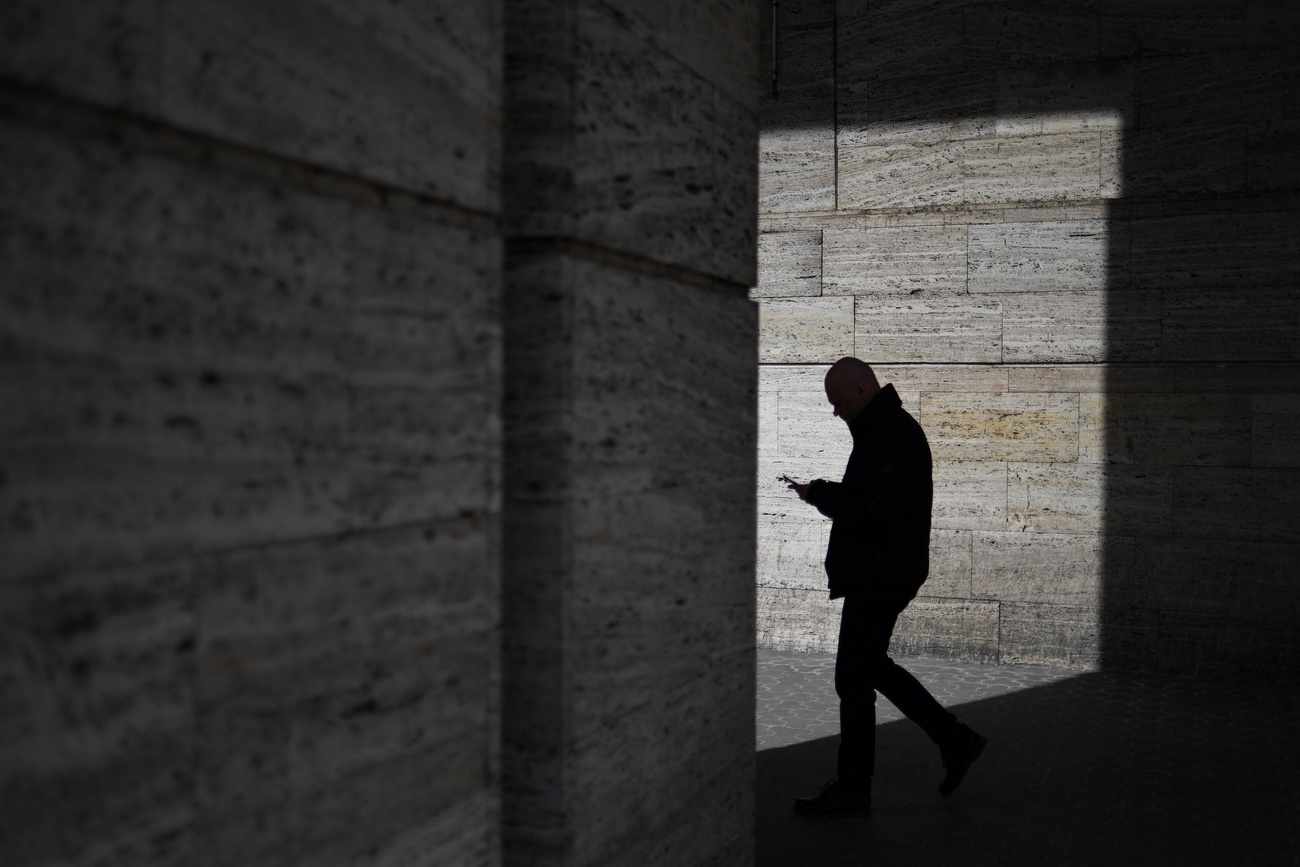







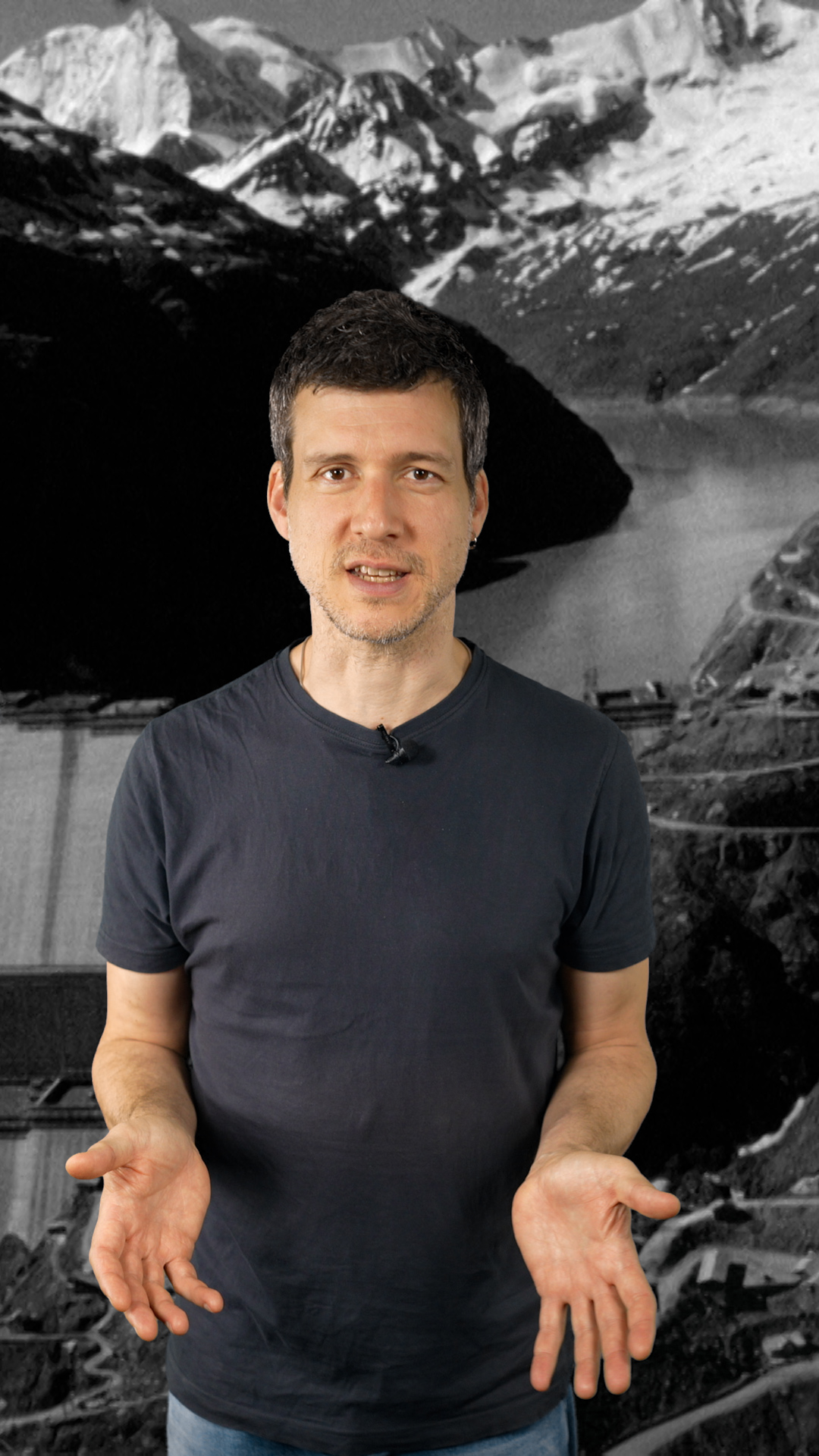




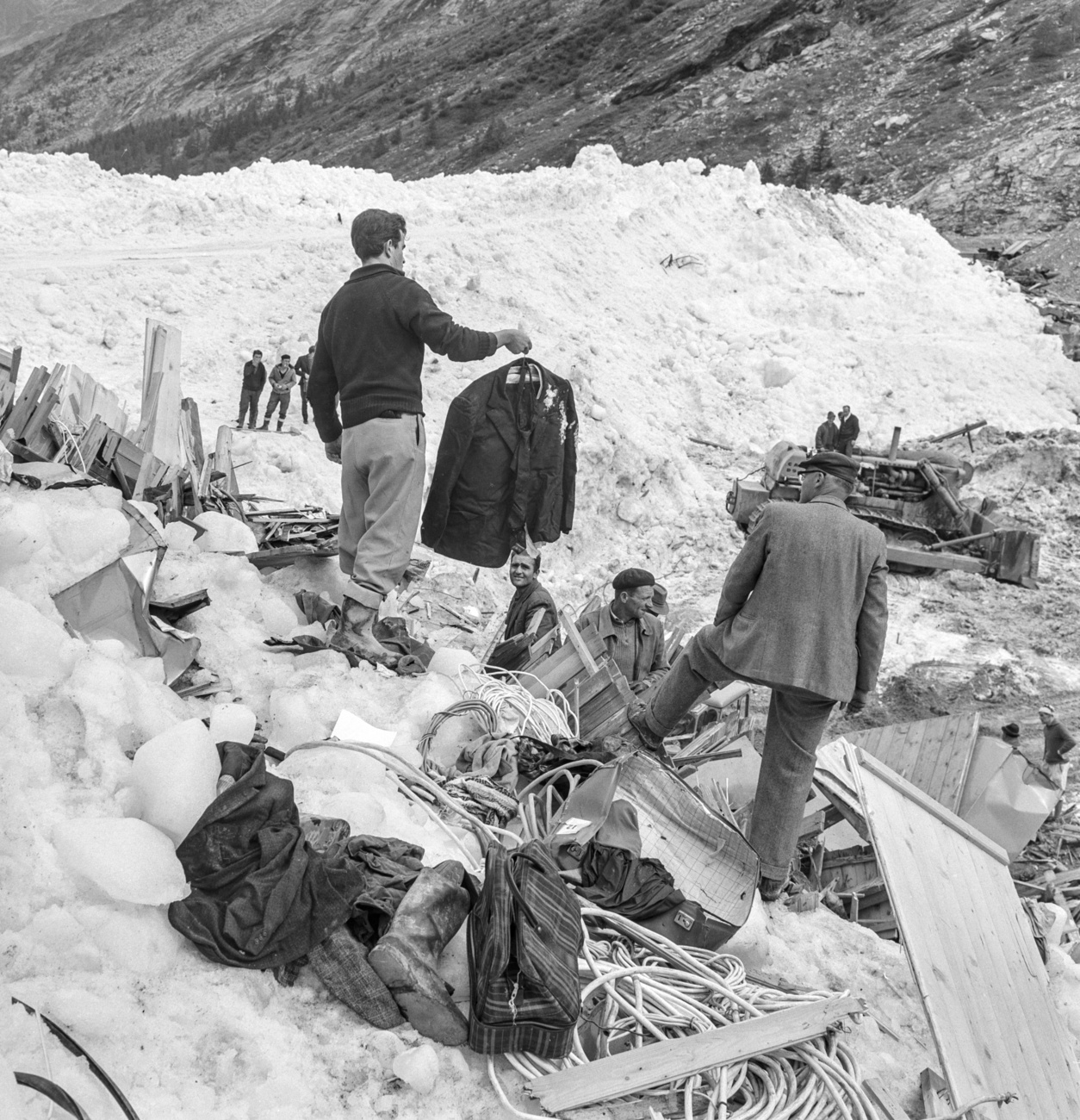


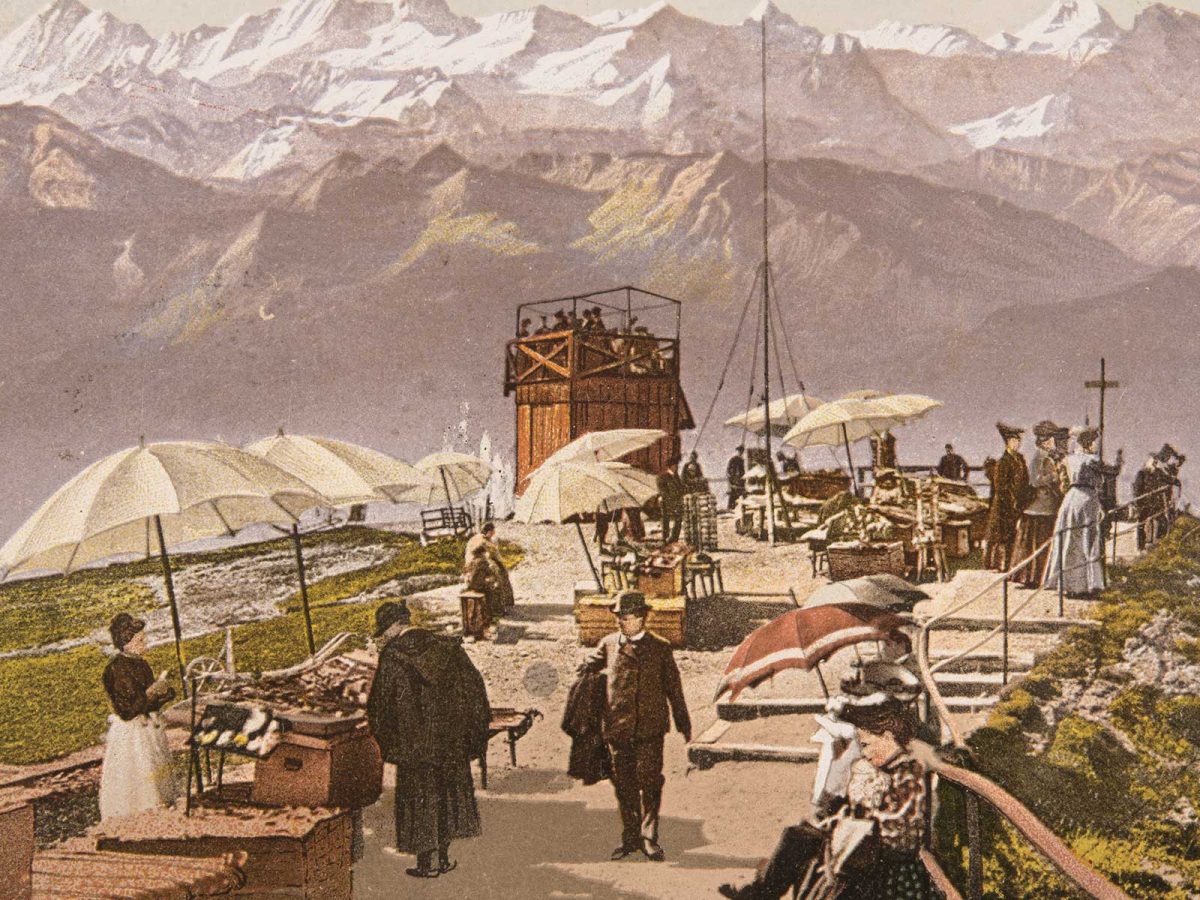








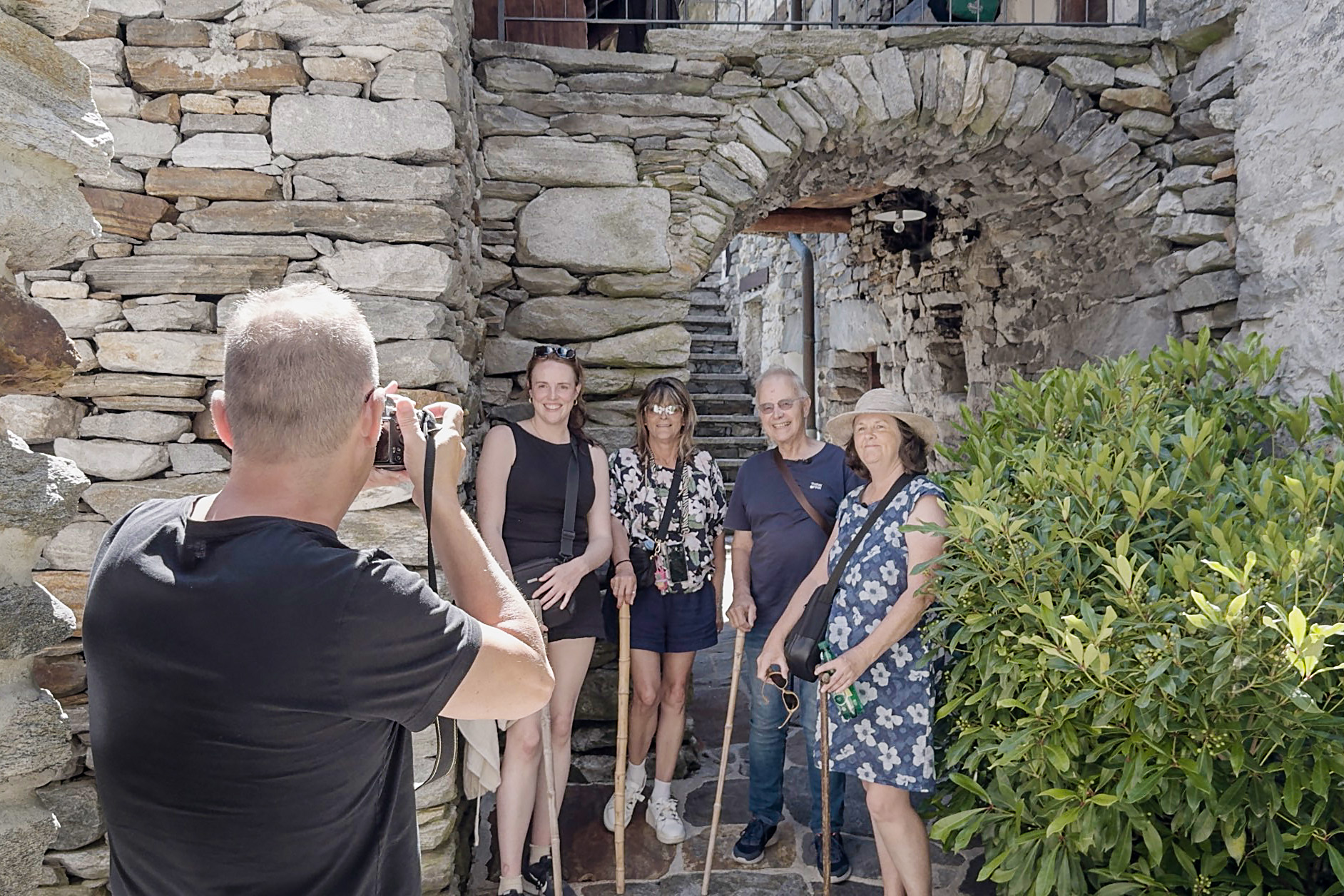





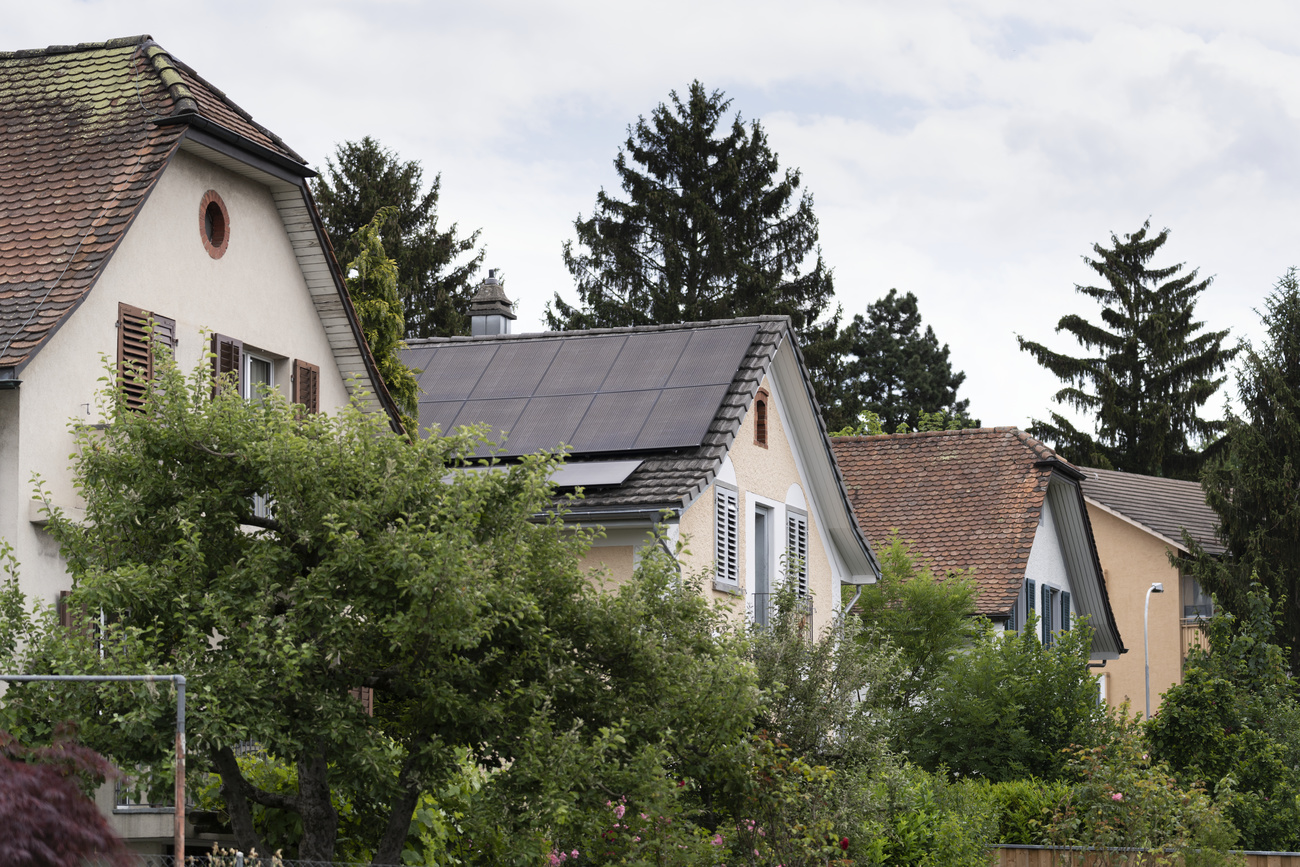
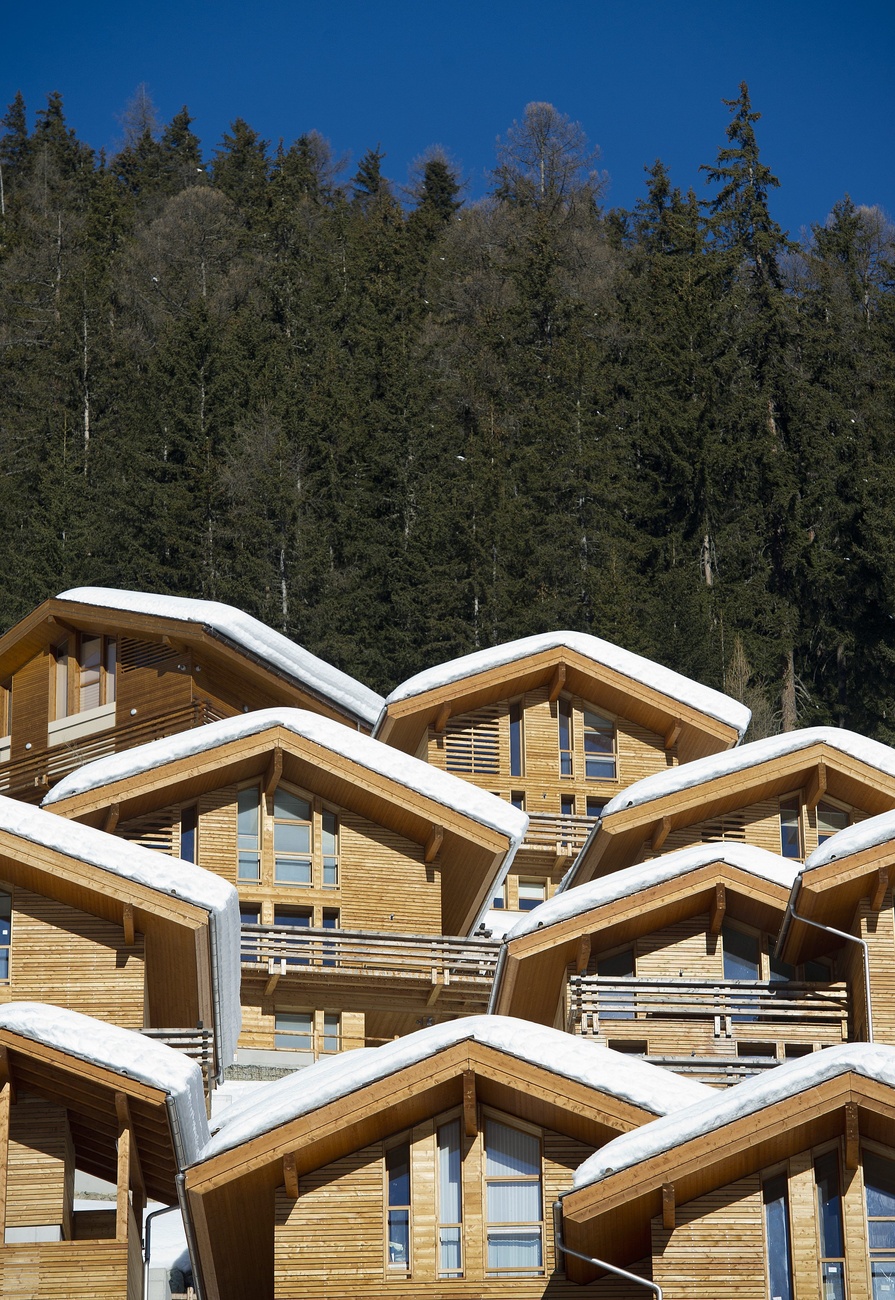


You can find an overview of ongoing debates with our journalists here . Please join us!
If you want to start a conversation about a topic raised in this article or want to report factual errors, email us at english@swissinfo.ch.